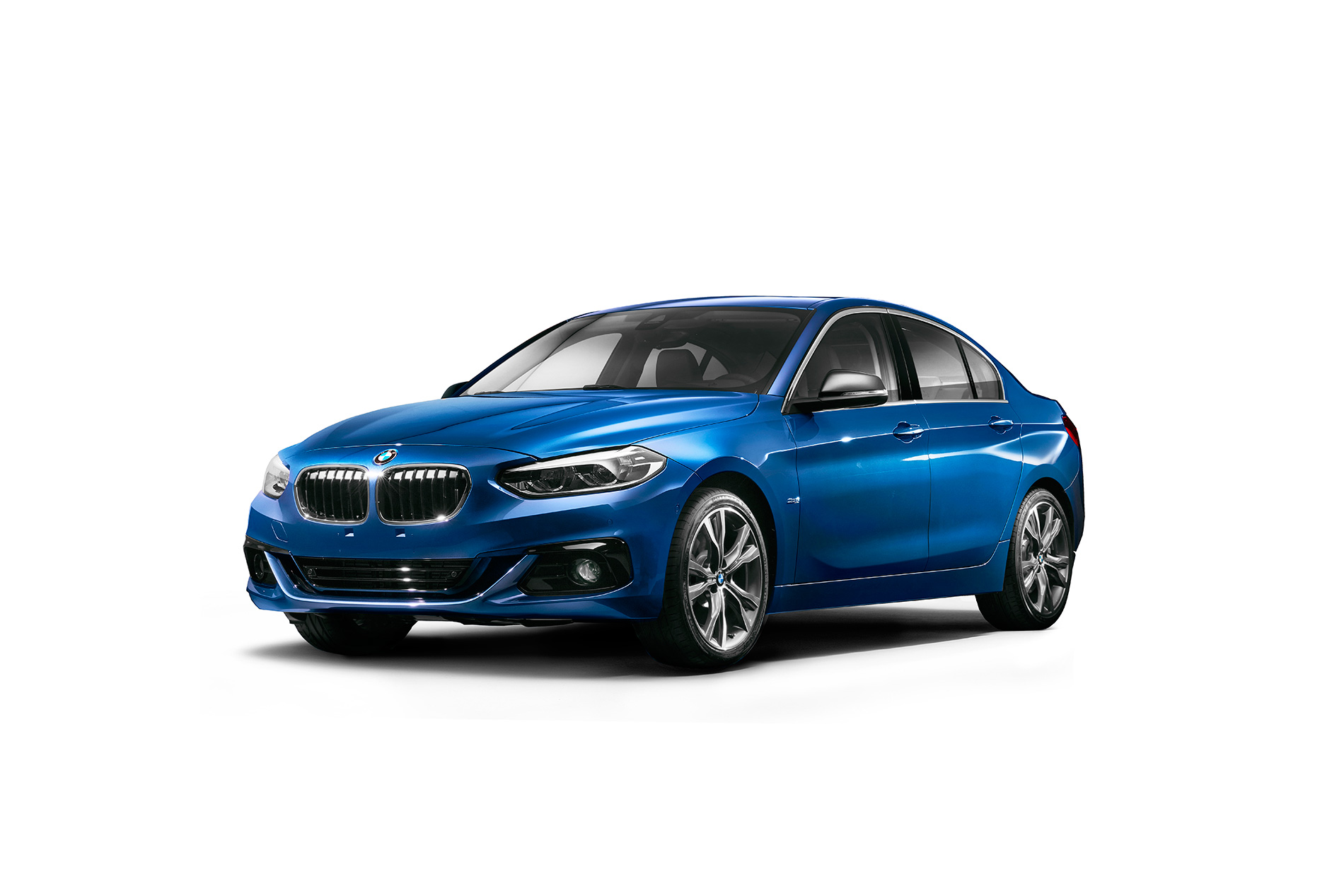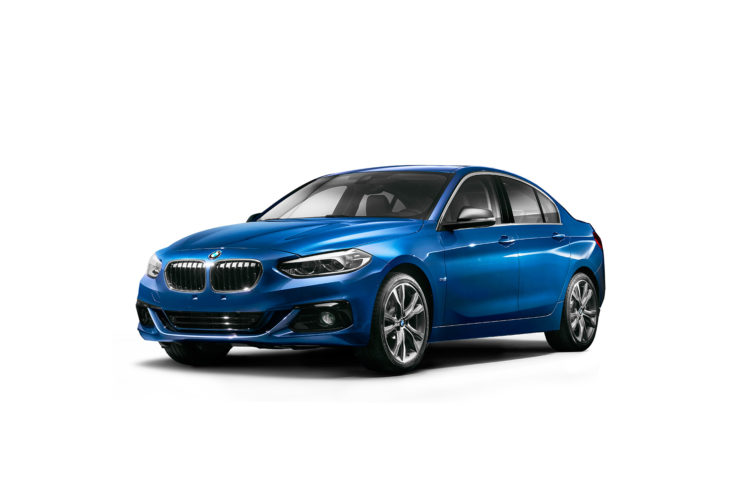My colleague recently wrote an article, in which he questioned and explored whether or not BMW should bring its newly introduced, China only 1 Series Sedan to the United States. Though, his article concluded the company should make the vehicle available for American consumers, I haven’t reached that same conclusion. I’ll explain.
Some have, as my colleague mentioned, derided the vehicle due to it being front wheel drive. Admittedly, I have no issue with that. Many of us have first hand experience of how much fun front wheel drive vehicles can be. In fact, my first car, an Audi A4 B6 Cabriolet, was FWD. Saying it was merely fun to drive would be an egregious understatement.
My confrere also noted that he believes that if such a vehicle were made available to U.S. consumers, they’d clamor for it. Yet, for multiple reasons, I remain unconvinced that this would be a good thing.
Surely, the CLA and A3 have been successful, in terms of sales, for their respective brands. However, it mustn’t be forgotten that all premium consumers aren’t the same, nor do they share the same values and desires. Whereas Mercedes-Benz consumers report back to the manufacture that they are not generally motivated to purchase a Merc in order to convey social status, BMW customers report that it does, in fact, play a role in their decision process. Vehicles such as those which we are discussing can have a negative impact upon a brand’s perception overall. Premium brands greatly rely upon and must maintain a prestigious perception, their brand equity. Currently, BMW’s brand equity is quite strong, and it enables a vehicle like the admittedly slow and simple 320i to sell in great numbers, as my colleague discussed. Indeed, it’s all about the badge. However, if the badge loses its luster, the results can be devastating. Countless examples of this exist historically.
The Volkswagen Phaeton is one of the more interesting examples of this, though it demonstrates this fact in a reversed way. VW is a sub-premium brand, trying to sell an expensive premium sedan. It illustrates how the brand’s overall perception, not merely how one model is perceived, effects the success of the individual models.
Though, I consider this to be a valid concern, it is only one of the reasons why I support BMW’s decision to bar its 1er Sedan from entering into the U.S. market. The primary reason has much more immediate consequences, is concerning to investors, and that is low profit margins. As vehicles in this segment carry significantly lower profit margins, they must be sold in substantially higher numbers to be successful, which is antithetical to the preservation of brand equity.
If U.S. consumers did clamor for a 1er sedan, it could disturb sales for the rest of the brand’s offerings. Not merely because of effects it would have upon brand equity, as such effects would not likely have an instant impact, but rather due to an economic principle deemed “substitute goods.” To simplify, if BMW offered a 1er sedan in the States, it would likely negatively impact sales of the more expensive and much more profitable 320i.
An example of this principle, one which many of you have likely observed, was when Apple introduced the iPad Mini, and it cannibalized sales of the iPad. Too, motorcycle manufacturer Ducati recently observed this with the introduction of their Scrambler sub-brand. Shortly after the Scrambler’s introduction into the market, Ducati’s traditional roadster offerings suffered a significant sales decrease.
This is one of the primary reasons which BMW executives have previously stated that they would not seek to compete with Mercedes and Audi in this particular segment, within the U.S. market. The BMW Group is committed to maintaining high profit margins on quality, premium vehicles, rather than chasing mere volume.
Now, some have argued that such vehicles may be a means of getting new consumers to stick with the brand after getting a taste of premium car ownership. I find this to be rather unlikely. Currently, I have yet to see any data which suggests that this will be the case. Too, this is entirely dependent upon the consumers experience. If it isn’t positive, they won’t shell out the extra money for a premium vehicle from that brand again, I postulate.
Automotive journalists have published mixed reviews of the CLA, to say the least, while many seem to agree that the A3 is a better vehicle. Still, neither conveys the ownership experience of the brand’s more desirable, and frankly better vehicles. They do, however, offer the negative aspect, increased running costs. Premium fuel, higher insurance costs and last but not least, high repair costs. Of course, BMW owners would be shielded from the last of those such costs, due to BMW’s phenomenal warranty. Yet, the question remains, can a car sold at that price point really make a good enough impression for customers to be retained? Building a vehicle to such a low price point, which also carries a significant premium over other sub-premium offerings, seems rather unlikely to also be a great representation of the brand in its totality.
Why aren’t these concerns valid in the Chinese market? BMW has decidedly marketed itself differently to Chinese consumers, whom are very different from U.S. consumers in terms of what appeals to them. Both American consumer’s and Chinese consumer’s tastes differ vastly from European consumers. Also, the vehicle can much more easily and cheaply be brought to market in China, making the prospect of maintaining a decent profit margin more feasible.
Surely, some are excited by the prospect of a ‘cheap Bimmer,’ but the truth is, that isn’t what the premium market is about. It’s about producing a quality, aspirational product, and building a lifestyle brand. BMW doesn’t want to compete with Mini, against itself. Nor do they think it prudent to join the other brands in their race to the bottom. I for one, think BMW’s long term vision, and clarity, will lead to a more profitable and sustainable company in the long run.







































































